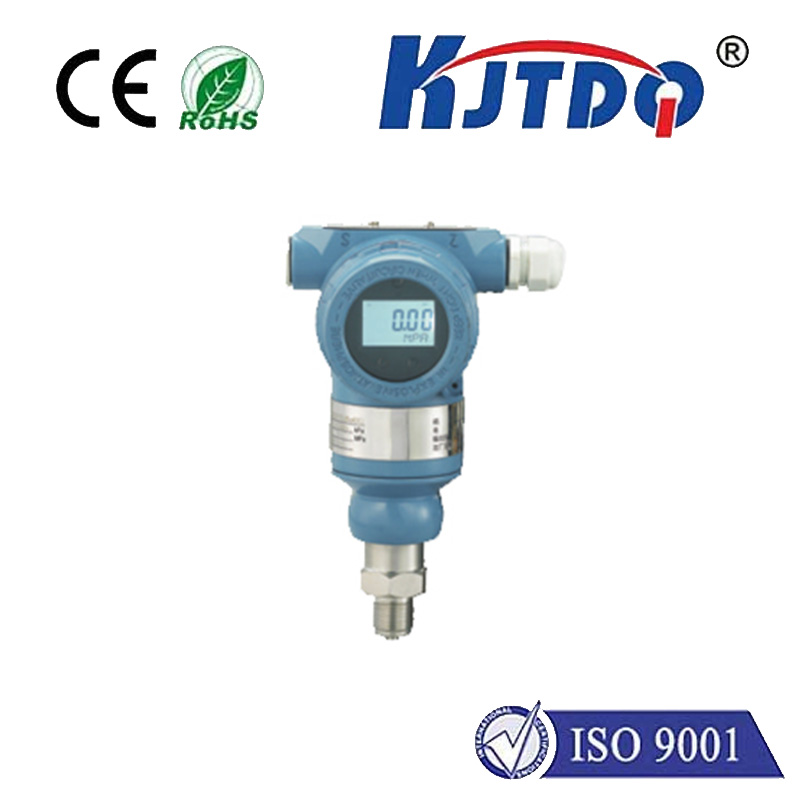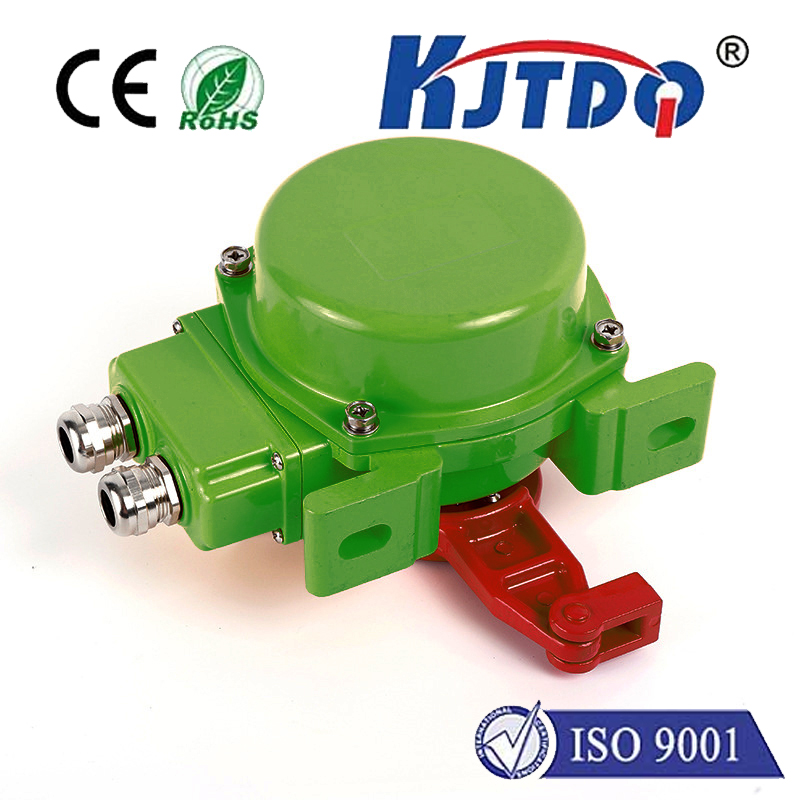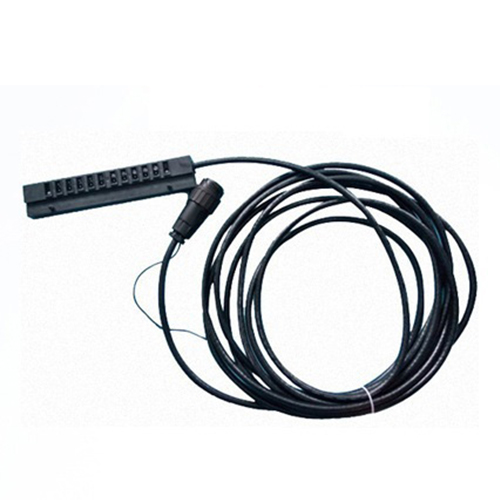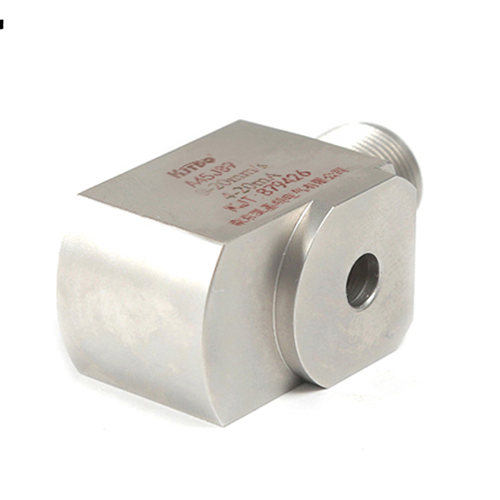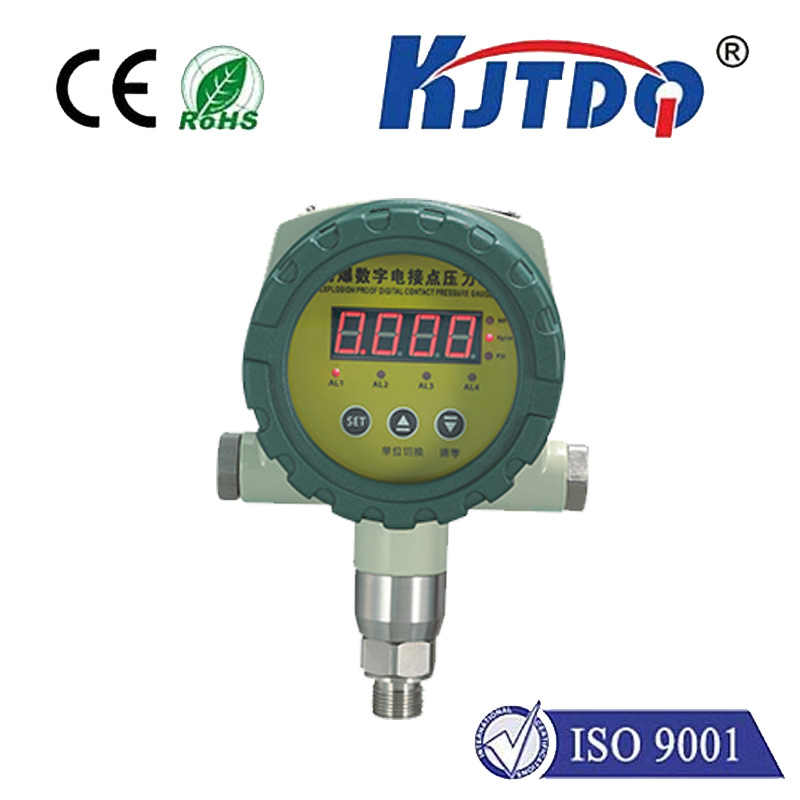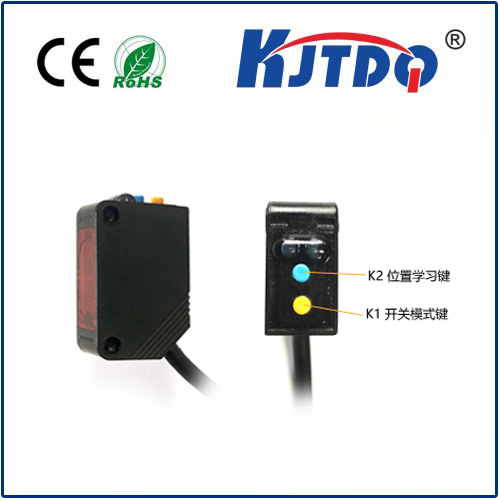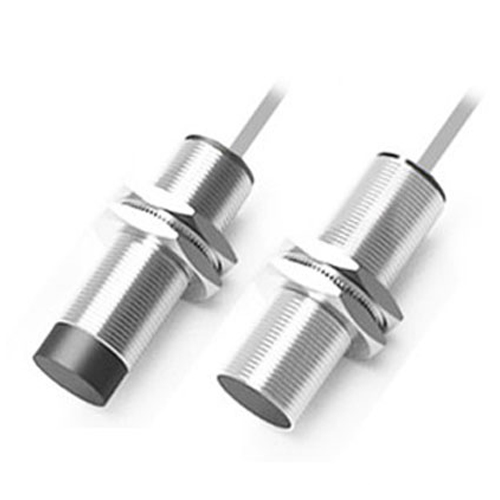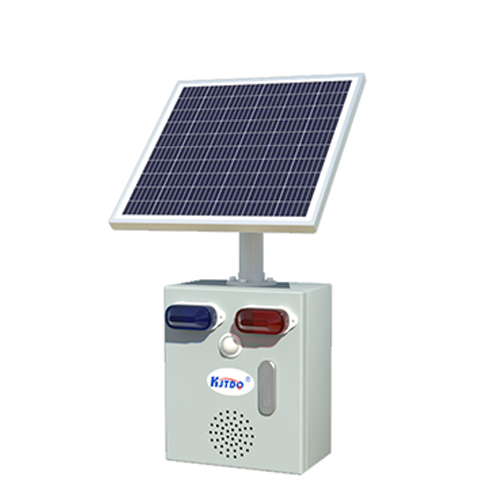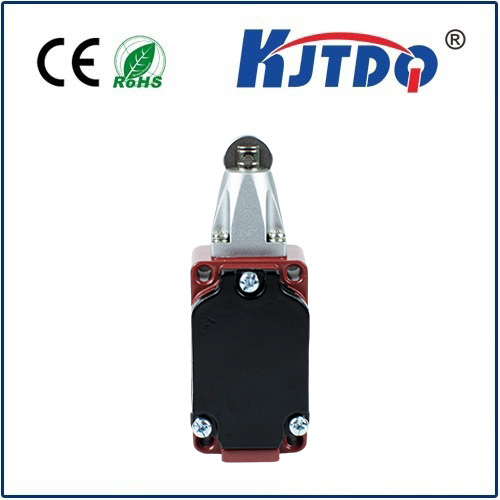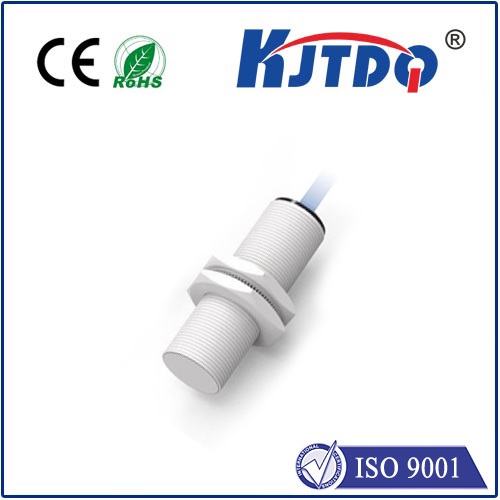electric furnace limit switch
- time:2025-07-30 15:42:15
- Click:0
Electric Furnace Limit Switches: The Silent Guardians Preventing Overheat Catastrophes
Imagine an industrial electric furnace silently humming, processing materials at intense temperatures. Now, imagine a control failure leading its internal heat to skyrocket unchecked. The consequences – catastrophic equipment failure, potential fire, destroyed product, costly downtime, and severe safety hazards – are unthinkable. Preventing this nightmare scenario falls, in critical part, to an unassuming yet vital component: the electric furnace limit switch. This device isn’t just another sensor; it’s the indispensable last line of defense against dangerous overheating.
What Exactly is an Electric Furnace Limit Switch?
At its core, an electric furnace limit switch is a specialized safety device meticulously designed to monitor the temperature within an electric heating system. Unlike the primary thermostat that regulates the furnace’s operating temperature by cycling the heating elements on and off, the high-limit switch acts solely as a guardian. Its singular, vital mission is to interrupt the electrical power supply to the heating elements if the temperature exceeds a predetermined, safe maximum threshold. Think of it as the critical “emergency brake” for furnace heat.
Why is a Limit Switch So Crucial in Electric Furnaces?
The inherent nature of electric furnaces, utilizing powerful resistive heating elements to generate intense heat, creates inherent risks if temperature control is lost. A malfunctioning thermostat, blocked airflow, element failure, or control system error can all push temperatures towards dangerous levels. The furnace limit switch provides an independent and fail-safe layer of protection:

- Preventing Equipment Damage: Excessive heat can warp metal components, degrade insulation, melt wiring, fuse contacts, and destroy sensitive control electronics. Replacing these components is costly and halts production.
- Mitigating Fire Hazards: Intense, uncontrolled heat is a primary ignition source. A limit switch shutting down power significantly reduces the risk of fire breaking out within or around the furnace.
- Product Protection: In processing furnaces, overheating can ruin the material being treated – wasting valuable resources and impacting product quality.
- Ensuring Operational Safety: Protecting personnel from potential explosions, fires, or secondary equipment failures caused by runaway heat is paramount. The limit switch is fundamental to any robust safety protocol.
How Does an Electric Furnace Limit Switch Work? Unpacking the Mechanism
While various types exist (mechanical snap-action, capillary bulb, solid-state electronic), the fundamental principle remains consistent:
- Sensing: The switch incorporates a temperature-sensitive element strategically positioned to accurately reflect the furnace’s internal temperature. This could be a bi-metallic strip that bends, a bulb filled with expanding fluid, or an electronic thermistor.
- Actuation: When the sensed temperature reaches the calibrated limit point, the thermal element physically moves or electronically triggers a switching mechanism.
- Interruption: This action forces a set of electrical contacts within the switch to change state – specifically, to open (break) the circuit supplying power to the main heating elements.
- Lockout/Safety State: Crucially, most high-limit switches are designed to lock out once tripped. The furnace remains shut down until the temperature cools significantly below the limit point and a manual reset is performed. This fail-safe design prevents automatic restarting while the furnace is still dangerously hot and ensures the root cause must be investigated.
Common Types of Electric Furnace Limit Switches
Understanding the options helps in selecting and troubleshooting:
- Bi-Metallic Snap Switches: Utilize two dissimilar metals fused together. Differential expansion when heated causes a rapid “snap” action, physically opening the contacts. Reliable, robust, relatively inexpensive. Common locations include mounting flanges on ductwork or the furnace housing.
- Capillary Tube and Bulb Switches: Employ a temperature-sensitive bulb connected by a capillary tube to a diaphragm or bellows switch mechanism. The bulb fluid expands with heat, creating pressure that actuates the switch. Ideal for remote sensing or immersion directly into heated air streams.
- Solid-State Electronic Switches: Use electronic sensors (like thermistors) and circuitry to precisely monitor temperature and trigger a relay output when the limit is reached. Offer high accuracy, programmability, and often remote monitoring capabilities. Require a power supply.
Troubleshooting Limit Switch Issues: Signs and Causes
A tripped limit switch is a symptom, not the root cause. Common reasons include:
- Dirty Air Filters or Blocked Airflow: Restricted airflow prevents heat from being removed efficiently, causing the furnace to overheat. This is the most common cause. Regularly checking and replacing filters is crucial.
- Failing Blower Motor: If the fan doesn’t push air sufficiently, heat builds up rapidly.
- Malfunctioning Primary Thermostat: A stuck thermostat keeps the elements powered indefinitely.
- Overloading: Exceeding the furnace’s designed capacity for the space or material.
- Vent Obstructions: Blocked intake or exhaust vents.
- Defective Limit Switch: Though less common than being tripped because of an issue, the switch itself can fail. Contact welding (contacts permanently fused together due to arcing) is a dangerous failure mode where the switch cannot interrupt power. Other failures might prevent it from tripping at the correct temperature.
Symptoms include unexpected furnace shutdown, the furnace not restarting after a cycle (requiring manual reset), or a “lockout” indicator on the control panel.
Ensuring Reliability: Maintenance and Best Practices
Preventing dangerous overheat situations hinges on a functional limit switch:
- Never Bypass: This defeats the core safety function and creates a significant hazard. If the switch is tripping, find and fix the cause.
- Routine Airflow Checks: Inspect and replace air filters according to manufacturer guidelines. Ensure vents, ducts, and the blower wheel are clean and unobstructed.
- Periodic Inspection: Visually inspect switches for obvious damage, corrosion, or contamination (especially capillary bulb types). Ensure they are securely mounted.
- Professional Calibration & Testing: While generally not user-serviceable, ensuring the switch activates at the correct temperature during scheduled maintenance by qualified personnel is wise.
- Understand Reset Procedures: Know how and where to reset the switch after the underlying problem has been resolved.
- Timely Replacement: If a switch is suspected of being faulty (e.g., not resetting properly, contacts welded, inconsistent tripping), replace it promptly with a correctly rated component. Using the wrong temperature rating compromises safety.
The Indispensable Sentinel
Often unnoticed until it performs its critical function, the electric furnace limit switch is far more than a simple component; it is a fundamental pillar of industrial safety and equipment protection. Its ability to reliably detect dangerous over-temperature conditions and decisively cut power makes it the crucial final barrier against operational disasters. Investing in proper selection, installation, maintenance, and respect for the high-limit switch is not just good practice – it’s an essential requirement for the safe, efficient, and reliable operation of any electric heating system.






